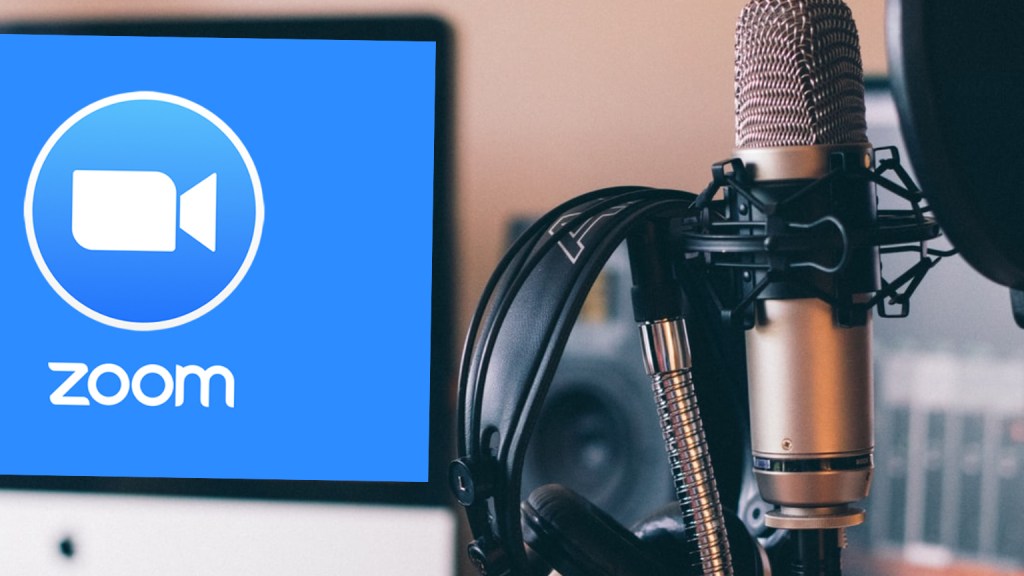
Brandon Costa is director of digital with Sports Video Group (SVG), which was formed in 2006 to support the professional community that relies on video, audio, and broadband technologies to produce and distribute sports content, according to their website.
SVG reports on the latest innovations in the sports broadcasting world, and works to bring together the best minds in the business to help others succeed. And with the ongoing pandemic, many innovations were accelerated. There were also many surprise, unexpected changes to the way broadcasting happens, some of which are here to stay.
One example is “at home production.” This refers to remotely producing a broadcast. This saves money and enables companies to use the same staff for multiple productions. There’s no need to bring giant 52-foot production trucks across the country to put on a professional show.
“There were trends that were working their way into the industry,” says Costa. “This [pandemic] gave them a pretty dramatic push off a cliff, most notably being the shift to alternative production models.”
E-sports also jumped in and really paved the way for virtual productions. The NBA 2K League was only sidelined about a month at the start of the pandemic before getting a big tournament off the ground. They pulled off productions with nearly their entire production crew sitting in their homes over a virtual cloud-based production switcher.
Brendan Donohue, managing director of the 2K league said in a January 2021 Sportico article “We had a transformational season for us. As crazy as the external environment was, it was an amazing year for esports.”
Brandon and I chat all about how the pandemic has affected the way sports content is produced, some of the coolest innovations of 2021, and of course, if you’re a sports content producer, how you can get involved and learn more about SVG.









